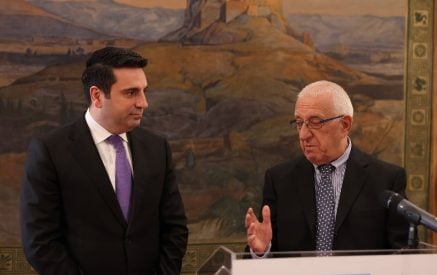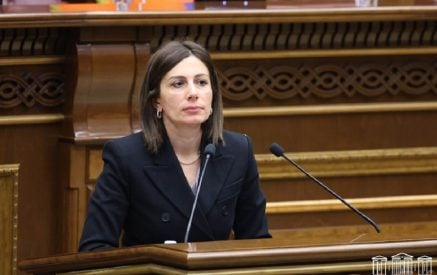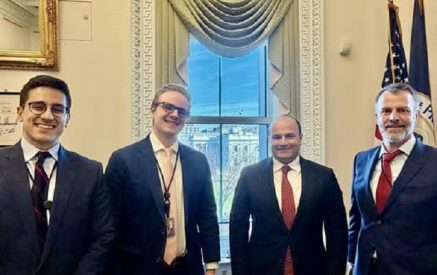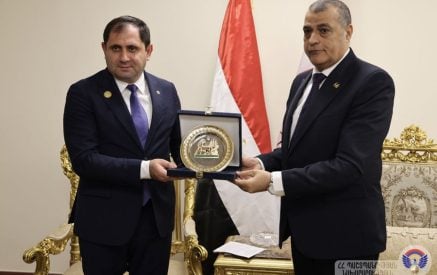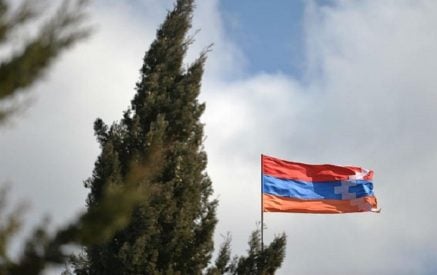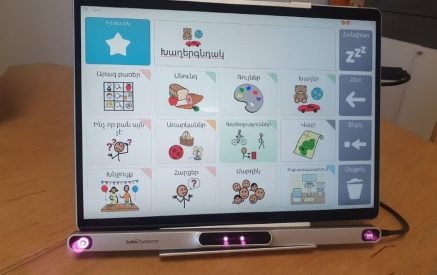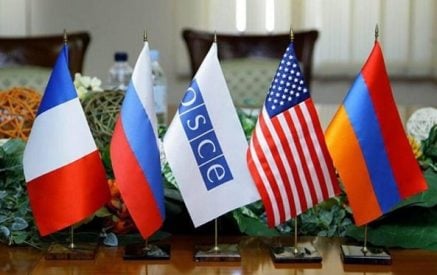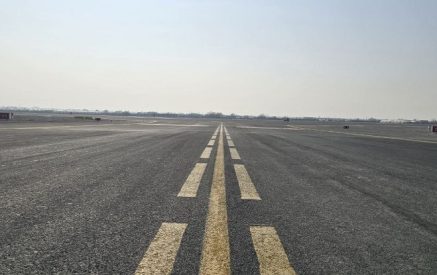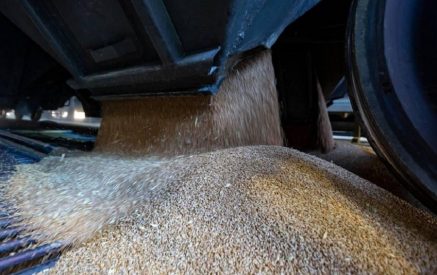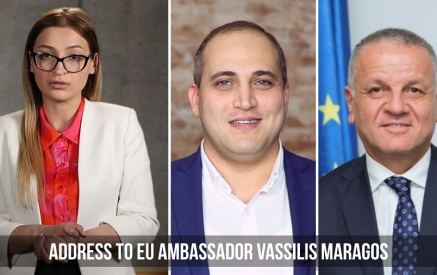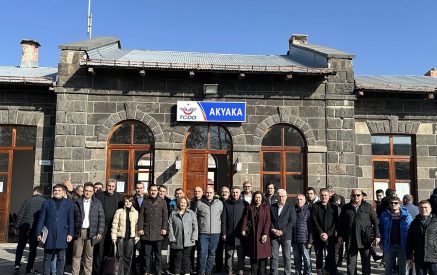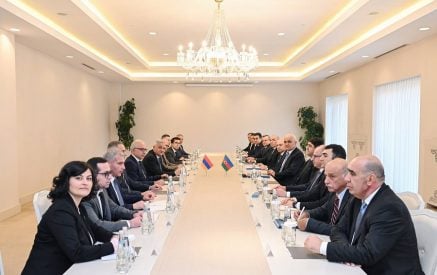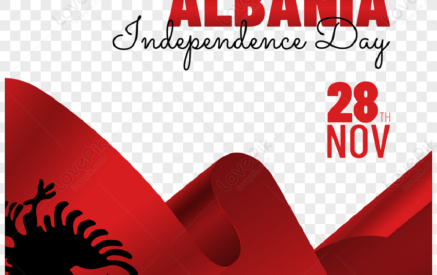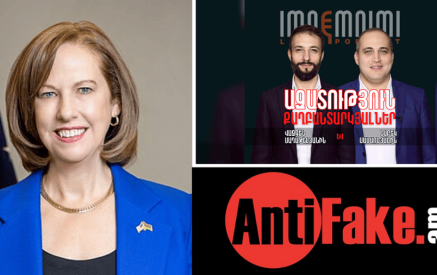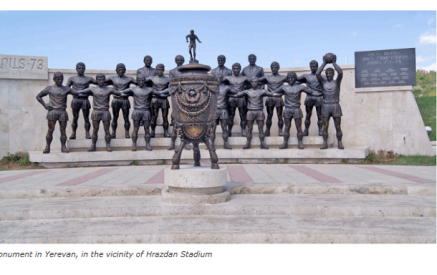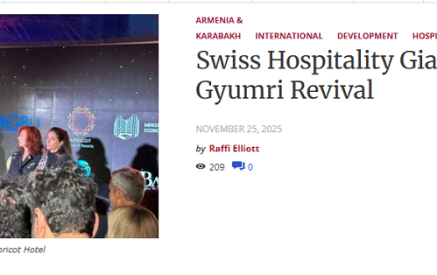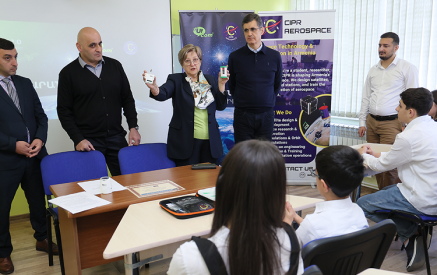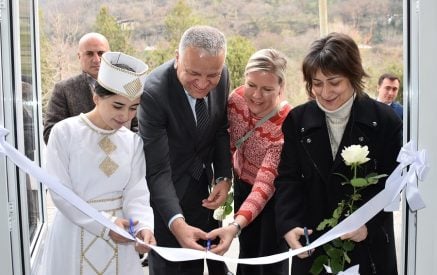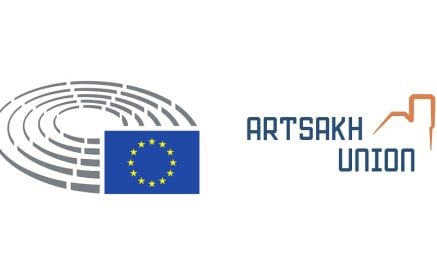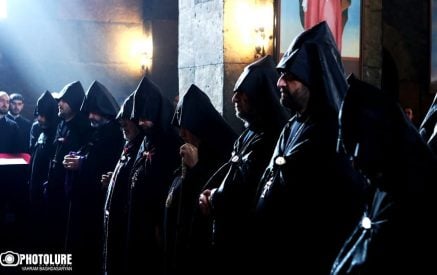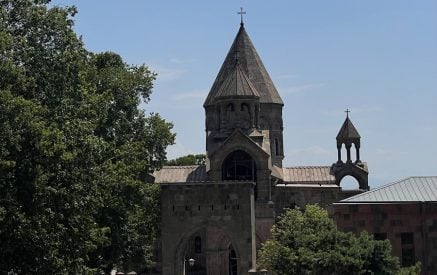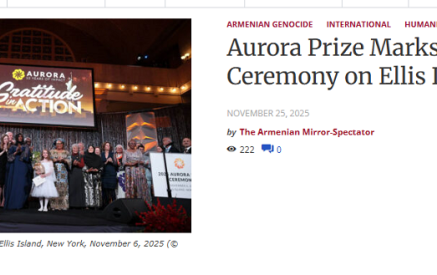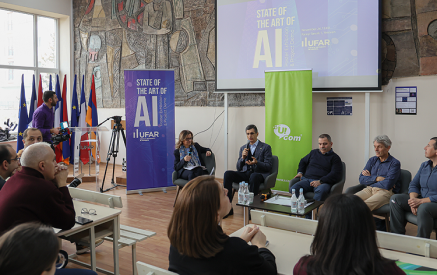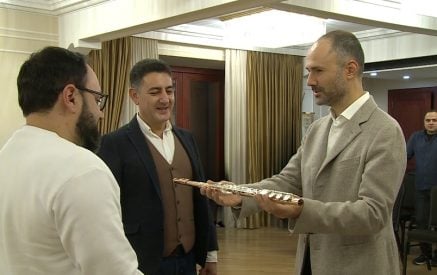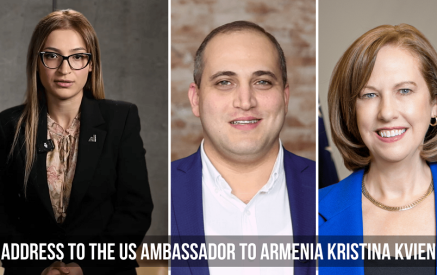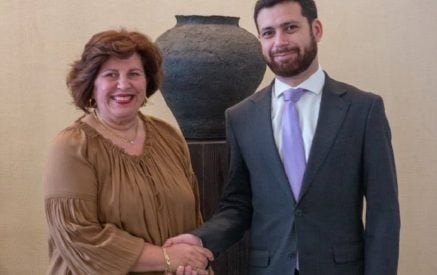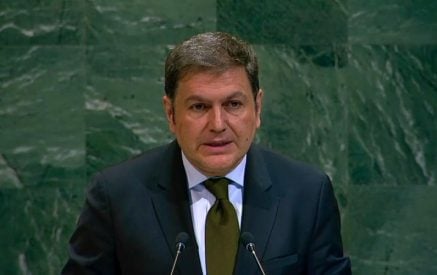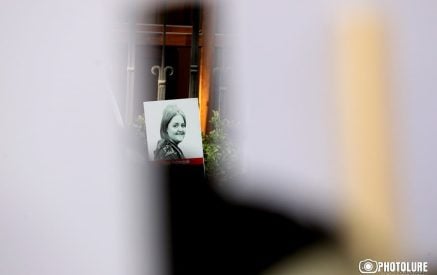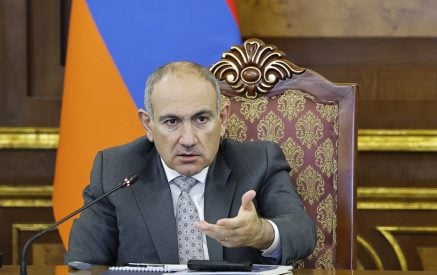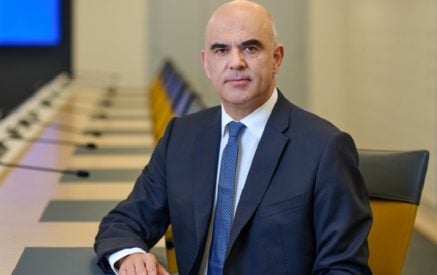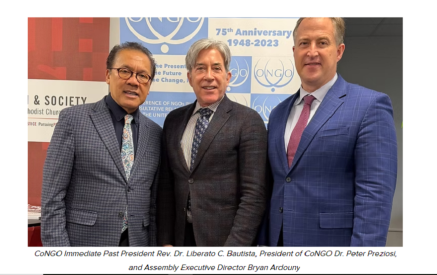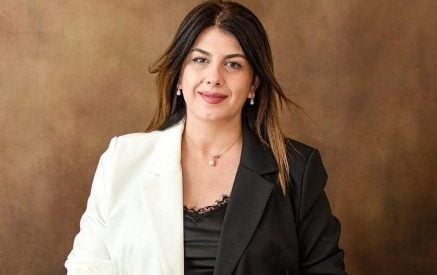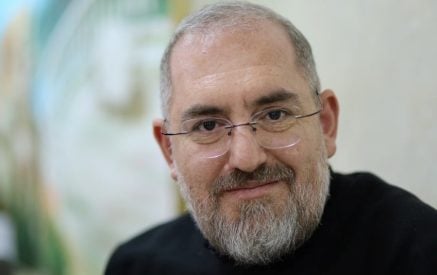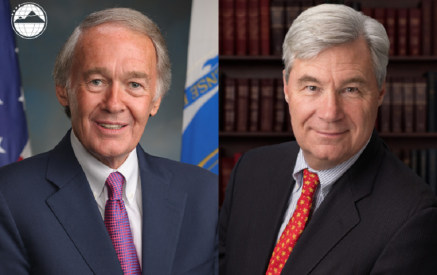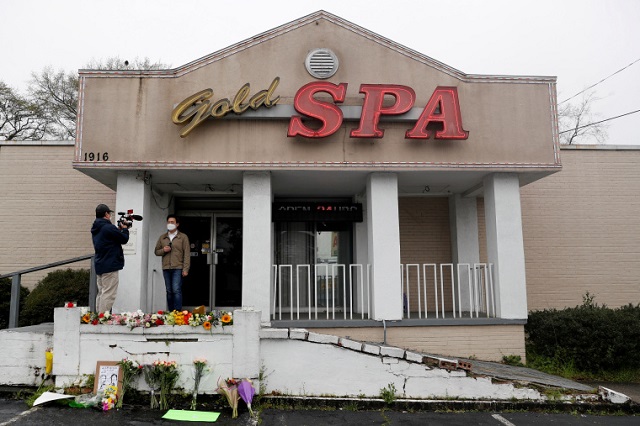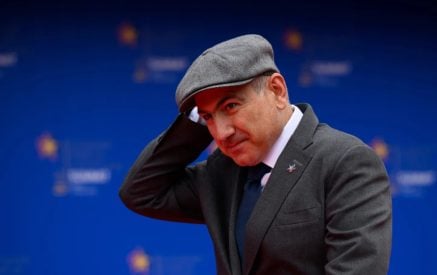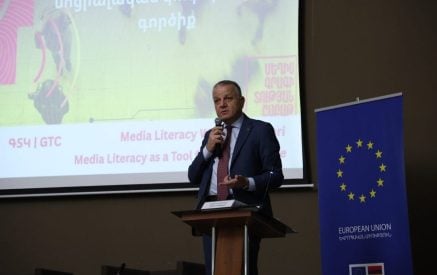By Lucy Westcott/James W. Foley Emergencies Research Associate
In the photograph published in The Washington Post, a woman kneels on the ground, her hands in her lap, her body bathed in red neon light. She is mourning outside of the Aromatherapy Spa in Atlanta, Georgia, one scene of a mass shooting in March 2021 that killed eight people.
Behind every photograph and news report of a mass shooting is the journalist who captured it, in this case Korean Canadian freelance photographer Hannah Yoon. In the United States, despite COVID-19 lockdowns, there was a 46 percent increase in mass shootings in 2020, according to figures gathered by the Gun Violence Archive, which defines mass shootings as incidents in which four or more people were killed or injured.
CPJ interviewed Yoon and three other journalists who have covered mass shootings as well as other kinds of gun violence on the phone about their work, the mental health toll of covering stories of senseless killings and loss, and tips for journalists and newsrooms to minimize harm while reporting. Their answers have been edited for length and clarity.
Hannah Yoon, a freelance photographer based in Philadelphia, covered the aftermath of the Atlanta spa shootings for The Washington Post and The Wall Street Journal.
How did covering this story impact you?
I wanted to bring in the feelings of what I thought most of my fellow Asian Americans were feeling at that time. A lot of people said that they felt like they were disassociating. There was an overwhelming feeling of anxiety, a lot of hesitancy and fear. I was pushing myself to go beyond how I would have covered it if I was just doing a news story.
I stayed with a friend, who is also Korean American. It was good because we got to talk a lot and decompress. When you’re in work mode, you work. I’m thinking about everything people have told me, listening, caring, and wanting to do the best that I can. You’re thinking about what the community is going through, but I’m also thinking about what I’m going through. I wanted to do justice to the community, both at a local and national level.
Because it was my first time covering a mass shooting, I wasn’t sure how my mental health or my physical health would react afterwards, when I’m back at home in a regular place. I ended up seeing some friends who had planned to visit. In hindsight, I would have taken four days off, just to get into a different headspace.
What advice would you give to other journalists who might have to cover mass shootings?
I’m glad I had a lot of people with me while I was on the ground. This idea of solidarity and connecting with people is really important. I avoid seeing freelancing as this lone wolf mindset. If it happens in your community and you’re called out to cover it, try and partner and work alongside other journalists. Supporting each other, debriefing together after, just to check in and eat together, is important. I don’t think anyone else can fully understand.
I never thought I would cover something like this. I was glad I was able to have the freedom to cover it in a different way, which was really helpful. Not everything has to be chasing the news. There are different, slower ways to cover breaking news or mass shootings. Maybe that can also help with people’s mental health.
Lakeidra Chavis is a Chicago-based reporter for The Trace, a non-profit news organization that covers gun-related news in the United States.
Mass shootings are just one aspect of gun violence in America. You cover everyday gun violence, as well as suicides. What are some of the difficulties of your coverage?
Sometimes when we talk about gun violence, it’s in a way that oversimplifies it. We know that a shooting happened, and that it is very tragic, and it has so many aftershocks of trauma beyond the person who was the shooter and beyond the victim. The challenge I’ve had reporting on gun violence is doing it in a way that, when you’re talking to people and you’re crafting questions and interviewing them, making sure you’re not retraumatizing them.
Often when I’m speaking to people for a story, I ask them about their familiarity with reporters, if they’ve been interviewed before, where they get their news from, just to see what their level of media literacy is. Then I reintroduce myself. If someone has had a direct experience with gun violence, I always give them a heads up and will let them know when these questions arrive in the interview. Before I get to questions, I let them know that I’ll call them back if we want to quote them in the story. It’s really important to reinforce that they do have control over the interview, especially people who have lost people to gun violence, who have survived shootings. These are situations where they had no control. As journalists, what we can do really easily on our part is to give people control in the interview.
How do you take care of yourself as a reporter on the gun violence beat?
When I started at The Trace last year, it was my first time covering this issue, and I didn’t know what I was really getting into. About halfway into the year, I thought, wow, this is really having an effect on me. I would really think a lot about what people had been through. I started seeing a therapist. If I’m going to report on this then I need to take care of my mental health and acknowledge that when your primary job is talking to people about trauma, some of that trauma is going to make its way back to you. I’m lucky to have an editor who is willing to debrief with me after interviews and just listen to me talk through some of these stories and experiences. It’s necessary doing this work that there’s always that line of communication open.
The trauma and the loss from gun violence affects everybody. As a reporter, I do see mass shootings happen in Chicago and they don’t make the national news, or they happen and we just forget about them, and it does weigh on me. But I wouldn’t describe it as hopelessness. When I talk to people, I see their resilience and their perseverance. There is an army of people in Chicago who are trying to make a difference. I think that is worth celebrating as we move collectively through these issues.
Associated Press reporter Terry Spencer covered the 2018 shooting at Marjory Stoneman Douglas High School in Parkland, Florida and its aftermath.
What was it like to cover the Stoneman Douglas shooting as not only a journalist, but someone who lives in the community?
My son had just graduated from high school the previous May. He was that age [of the students]. He didn’t go to Stoneman Douglas, but he went to a school that was in the same district and the same athletic league. We’d been to Stoneman Douglas for football games and because the county schools often had their music competitions there. Other than my son’s school, I have probably been to Stoneman Douglas and on that campus more times than any other campus in the district. This wasn’t something that you could push out, that it was happening outside of your own life. This was very much within my life. A lot of these kids were not that much younger than my son. This wasn’t removed like violence often is.
After the initial spate of coverage, how did you process the event?
After the initial thing calmed down, it started to hit home what exactly happened. It’s horrible. For the most part my friends did not want to talk about it because it’s a very uncomfortable subject. I grew up in an environment where you didn’t talk about your problems. There’s also a line from “The Godfather Part II” that I often use, which is, “This is the business we chose.” There was this feeling of, nobody forced us to be journalists. We signed up for this, and it goes with the territory, and you have to put up with the things that get put in front of you.
What advice would you give journalists who cover gun violence?
Everybody’s different, but you need to — and I don’t think I did this well — talk to people about it. If you’re being offered counseling, take it. I didn’t take it, and I can’t explain why. Talk to your colleagues, commiserate with them, and watch your health. If you’re an editor in this, reach out to your reporters.
I’ve always been very good at compartmentalizing. This is what you do during the day, during your work shift, and when you leave you try and leave it behind you and not let it affect you that much. But that’s not always possible. If you’re going to do this job and do it well, you have to learn how to do your job in an empathetic way. That’s one way to avoid some of the mental strain, to know that you’re reporting in a way that will cause as little harm to the families as possible, and even help them by getting their stories out into the world.
John Ferrugia, an investigative journalist at COLab, a journalism collaborative in Colorado, has covered multiple mass shootings, including the one at Columbine High School in 1999, for Denver’s KGMH-TV.
You have been covering gun violence for two decades, and you also covered the civil war in Beirut in the 1980s. How do these experiences compare?
You’re in a warzone and you know you’re in a war zone. When you’re in the Commodore Hotel in west Beirut and there are gunshots, you understand that that can happen. You can wall that off when you come home and you can say that was there, now I’m here. When I arrived at Columbine High School, what really got me was, here’s green grass, the dogs barking, the sprinkler systems going off and people bleeding in the street. They’re being triaged. These are kids. That really hit me hard. Being in that perimeter outside the high school really brought me back to Beirut. It was almost like a flashback. But this does not compute, this is not a war zone.
The challenge is, as a journalist, you try to separate yourself. When you get to Columbine and it’s in your backyard, you can’t separate yourself. This could happen to me, my friends, my family. That’s the difference. Journalists have to be really cognizant of the fact that this can have a detrimental effect on the reporter. And the reporter can really be unaware of it.
There has been an increase in mass shootings across the U.S. this year. How do they affect you?
I could not turn on the TV on the Indianapolis shooting. I thought, here’s another one, here we go again. I know those people are starting on this journey of pain and trauma and suffering that’s going to go on the rest of their lives. Not just the people who got shot, but the ripple effect through all these families. When shootings happen, I text or email people and say, I know this is a really bad day for you. I’m thinking about you. When the shooting happened in Boulder, everyone in Columbine, everyone in Platte Canyon [High School in Bailey, Colorado, where a gunman killed a student after taking several hostage in 2006] they all just got re-traumatized.
As a journalist, how have you dealt with the trauma of covering these stories in the state where you live?
You process it by talking to the families, by getting information. I process it by answering the who and the why. With the Aurora movie theater shooting [in 2012, when a gunman killed 12 and injured 70 in a Colorado theater] as horrific as that was, what helped me process it was being in the tunnel [of trying to find out what’s happening] and coming out and dissecting it. It’s not controlling the situation, but it’s making sense of it. For me, it’s the facts. If I can get to the facts, I can understand what happened.
Journalists have to understand that they are human, and it’s not a weakness to seek help and understand what is happening to them. It’s incredibly important work, but you’re not invincible and you need to check in. If you don’t, you’re not going to do your work well. Even if you just see it as a professional obligation and not a personal one, you need to check in if you’re covering these things.
Lucy Westcott is CPJ’s James W. Foley Emergencies Research Associate. Prior to joining CPJ, Westcott was a staff writer for Newsweek, where she covered gender and immigration. She has reported for outlets including The Intercept, Bustle, The Atlantic, and Women Under Siege, and was a United Nations correspondent for the Inter Press Service.
Committee to Protect Journalists


